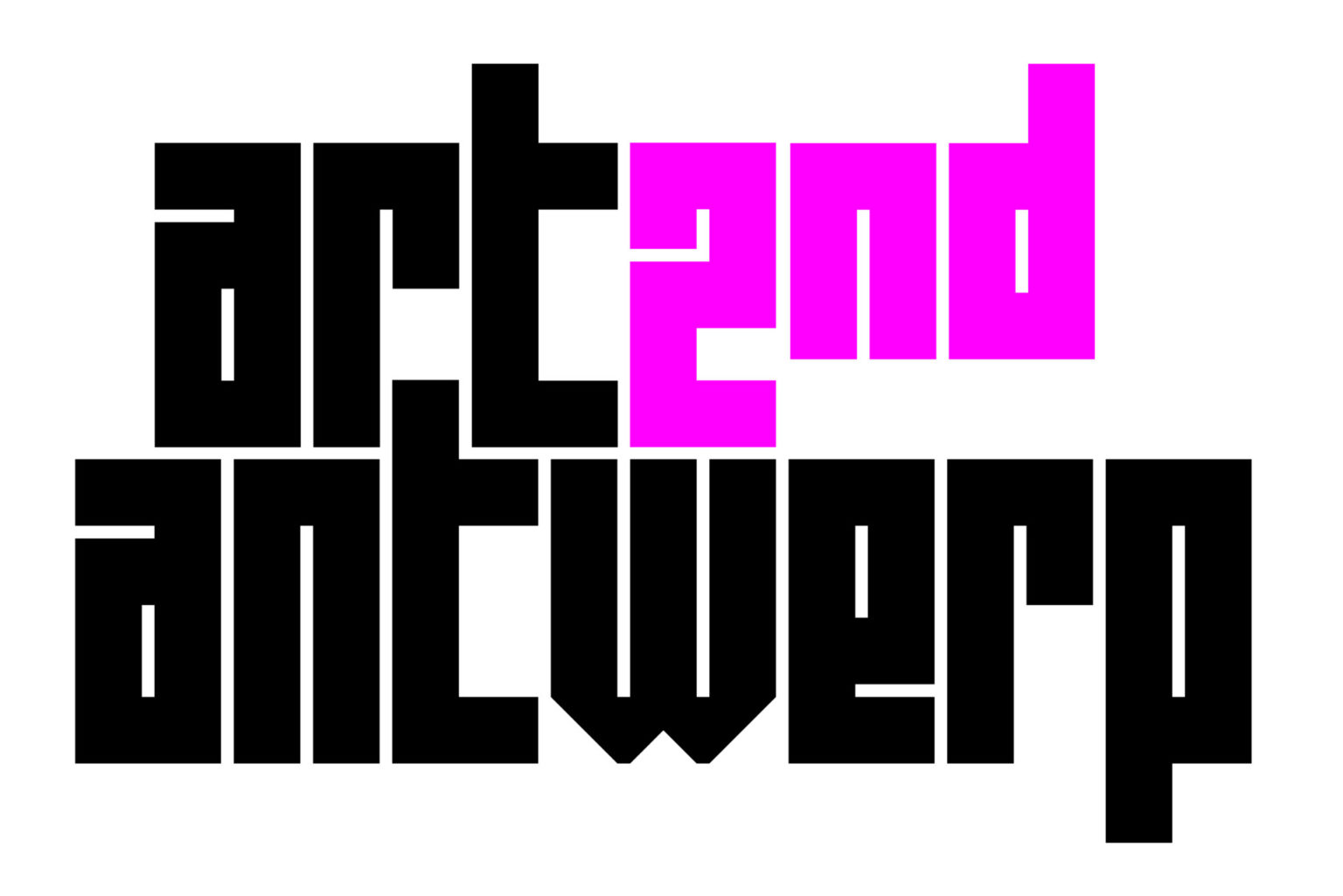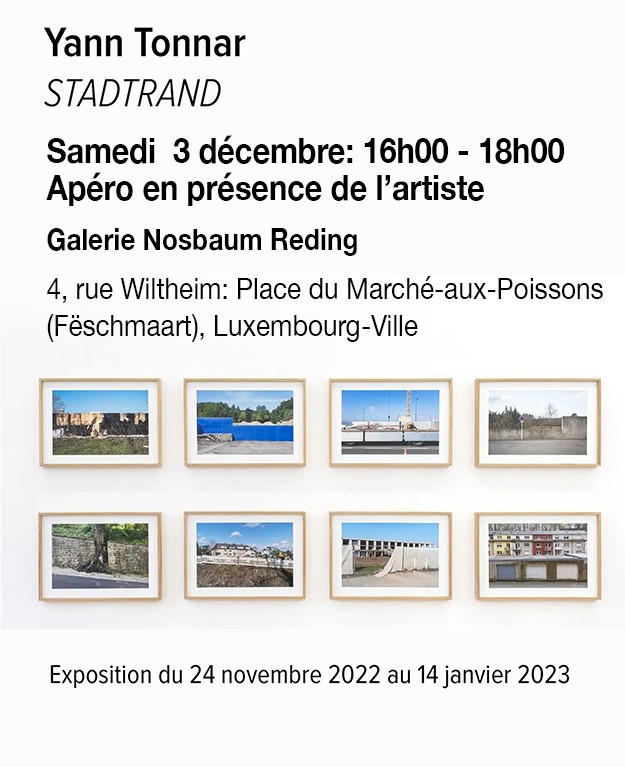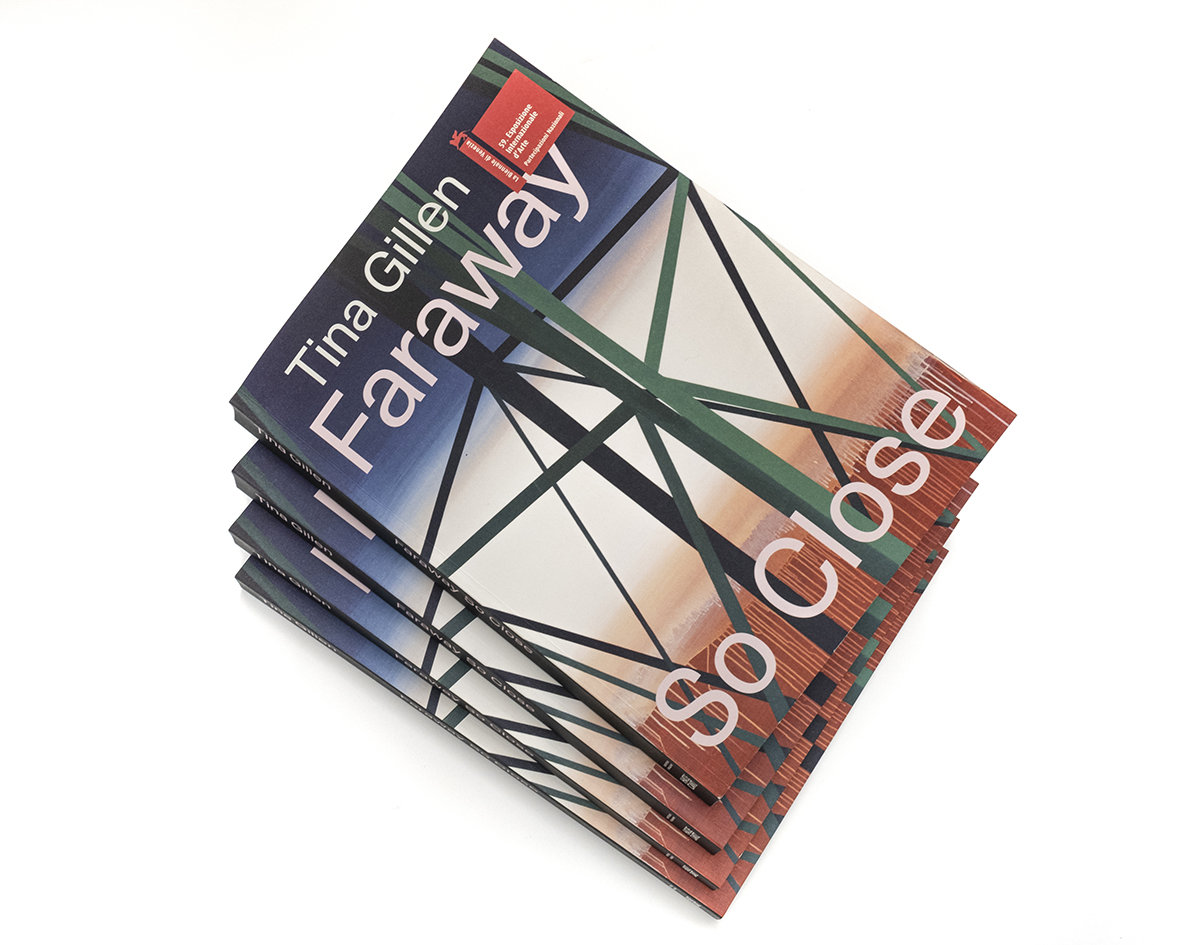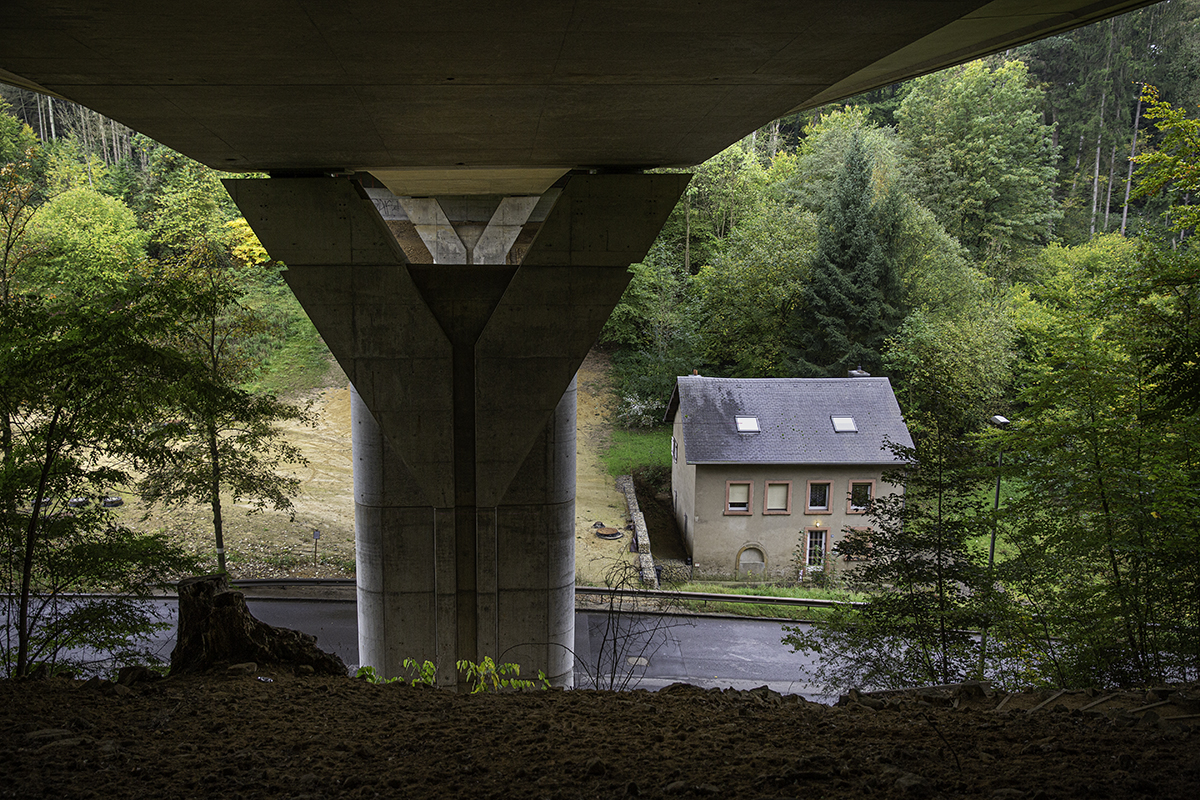News
Find us at the Booth C39 (Solo) and C41 (Main)
26-29 January 2023
MAIN ARTISTSThomas Arnolds Stephan Balkenhol Tony Cragg Tina Gillen Nuno Lorena Barthélémy Toguo Jens Wolf Peter Zimmermann Fatiha Zemmouri SOLOJKB Fletcher
VENUE
DATES AND OPENING HOURS
|
OPENING DAY | 11am – 9pm
Thursday 15 December 2022
Preview | 11am – 4pm
Vernissage | 4pm – 9pm
PUBLIC DAYS | 11am – 7pm
Friday 16 December 2022
Saturday 17 December 2022
Sunday 18 December 2022
Book signing - Tina Gillen
Join us this Thursday 1 December starting at 18:00 for the book signing of the artist Tina Gillen.
In presence of the artist.
Nosbaum Reding | Bruxelles
Rue de la Concorde 60A
1050 Ixelles
The book:
The exhibition Faraway So Close is accompanied by a catalogue. Richly illustrated, it also includes three new essays addressing various aspects of Tina Gillen's work – the relationship between painting and space, the ties between painting and photography, and the meaning of land-scape today –, as well as an extensive interview with the artist.
Texts: Jean-Philippe Antoine, Christophe Gallois, Marielle Macé and Eva Wittocx
Publishers: Mudam Luxembourg, Hatje Cantz
Graphic design: Kim Beirnaert
French / English
256 pages, 19,6 cm x 27 cm
Stadtrand
Portrait d'un lieu en devenir
Pendant plus d'un an, Yann Tonnar a parcouru et photographié la périphérie de Luxembourg, sa ville natale. Il a ainsi documenté des situations à la marge de la ville, là où l'urbanisation s'efface, où la nature et le temps font valoir leurs droits et où même la civilisation s'effrite parfois.
Ce territoire se présente comme un paysage hétérogène où s'alternent quartiers urbanisés, espaces naturels, terrains de sport, surfaces commerciales, lieux de production et d'économie tertiaire, exploitations agricoles, infrastructures routières et d'autres constructions en tous genres. Le développement de cette « frange » aux abords de la ville est caractéristique de la manière dont l'urbanisation a commencé à s'étendre autour des villes européennes en forte croissance à la fin du siècle dernier, donnant lieu à des interprétations – et des appellations – diverses et variées. Dès le milieu des années 70, architectes et urbanistes s'attacheront à développer des concepts en mesure de caractériser ce phénomène avec les nuances propres à chaque territoire. Des notions telles que rurbanisation, ville éparpillée (G. Bauer, J.-M. Roux, 1976), ville émergente (G. Dubois-Taine, Y. Chalas, 1997), hyperville (A. Corboz, 2000), ville diffuse (F. Indovina, 2000), Zwischenstadt (T. Sieverts, 2001) ou encore ville franchisée (D. Mangin, 2004) font leur entrée dans le discours sur l'urbanisation du territoire.
Le travail réalisé par Yann Tonnar brosse un portrait sensible de cet espace sur lequel la ville s'étend et se redéfinit, donnant lieu à une superposition d'usages et d'infrastructures dans l'espace et le temps. Le regard pointu porté sur cet environnement où se rencontrent le bâti et la nature, la construction et la déconstruction, l'ordre et le chaos, ouvre la réflexion sur les problématiques et enjeux qui se concentrent sur ces lieux à l'avenir incertain.
EN
Stadtrand
Portrait of a place in the making
For more than a year, Yann Tonnar travelled and photographed the outskirts of Luxembourg, his hometown. He has thus documented situations on the fringes of the city, where urbanisation is fading, where nature and time assert their rights and where even civilisation sometimes crumbles.
This territory is presented as a heterogeneous landscape where urbanized districts, natural spaces, sports fields, commercial areas, places of production and tertiary economy, agricultural exploitations, road infrastructures and other constructions of all kinds alternate. The development of this “fringe” on the outskirts of the city is characteristic of the way in which urbanisation began to spread around fast-growing European cities at the end of the last century, leading to various and varied interpretations and designations. From the mid-1970s, architects and urban planners endeavoured to develop concepts capable of characterising this phenomenon with the nuances specific to each territory. Notions such as rurbanisation, scattered city (G. Bauer, J.-M. Roux, 1976), emerging city (G. Dubois-Taine, Y. Chalas, 1997), hypercity (A. Corboz, 2000), diffuse city (F. Indovina, 2000), Zwischenstadt (T. Sieverts, 2001) or franchise town (D. Mangin, 2004) are entering the discourse on the urbanisation of the territory.
The work realised by Yann Tonnar paints a sensitive portrait of the space over which the city extends and redefines itself, giving rise to a superposition of uses and infrastructures in space and time. The sharp look at this environment where buildings and nature, construction and deconstruction, order and chaos meet, opens to reflection on the issues and challenges that characterize these places with an uncertain future.
Stadtrand
Portrait d'un lieu en devenir
Pendant plus d'un an, Yann Tonnar a parcouru et photographié la périphérie de Luxembourg, sa ville natale. Il a ainsi documenté des situations à la marge de la ville, là où l'urbanisation s'efface, où la nature et le temps font valoir leurs droits et où même la civilisation s'effrite parfois.
Ce territoire se présente comme un paysage hétérogène où s'alternent quartiers urbanisés, espaces naturels, terrains de sport, surfaces commerciales, lieux de production et d'économie tertiaire, exploitations agricoles, infrastructures routières et d'autres constructions en tous genres. Le développement de cette « frange » aux abords de la ville est caractéristique de la manière dont l'urbanisation a commencé à s'étendre autour des villes européennes en forte croissance à la fin du siècle dernier, donnant lieu à des interprétations – et des appellations – diverses et variées. Dès le milieu des années 70, architectes et urbanistes s'attacheront à développer des concepts en mesure de caractériser ce phénomène avec les nuances propres à chaque territoire. Des notions telles que rurbanisation, ville éparpillée (G. Bauer, J.-M. Roux, 1976), ville émergente (G. Dubois-Taine, Y. Chalas, 1997), hyperville (A. Corboz, 2000), ville diffuse (F. Indovina, 2000), Zwischenstadt (T. Sieverts, 2001) ou encore ville franchisée (D. Mangin, 2004) font leur entrée dans le discours sur l'urbanisation du territoire.
Le travail réalisé par Yann Tonnar brosse un portrait sensible de cet espace sur lequel la ville s'étend et se redéfinit, donnant lieu à une superposition d'usages et d'infrastructures dans l'espace et le temps. Le regard pointu porté sur cet environnement où se rencontrent le bâti et la nature, la construction et la déconstruction, l'ordre et le chaos, ouvre la réflexion sur les problématiques et enjeux qui se concentrent sur ces lieux à l'avenir incertain.




